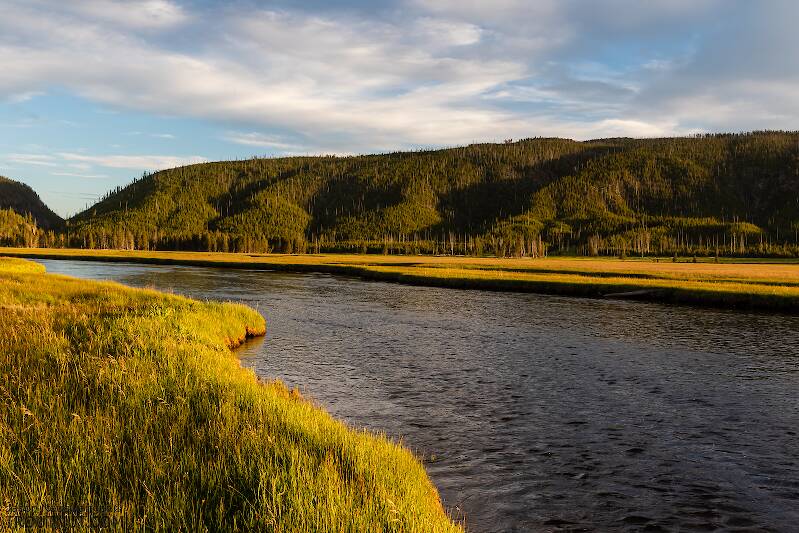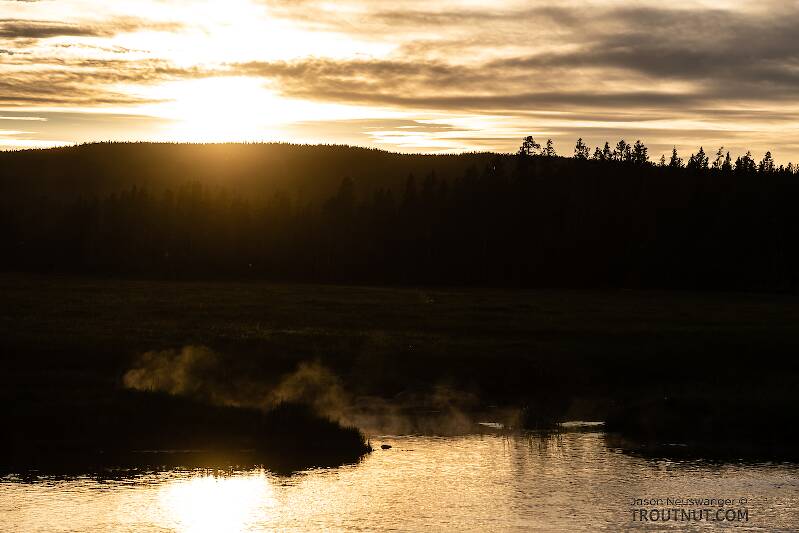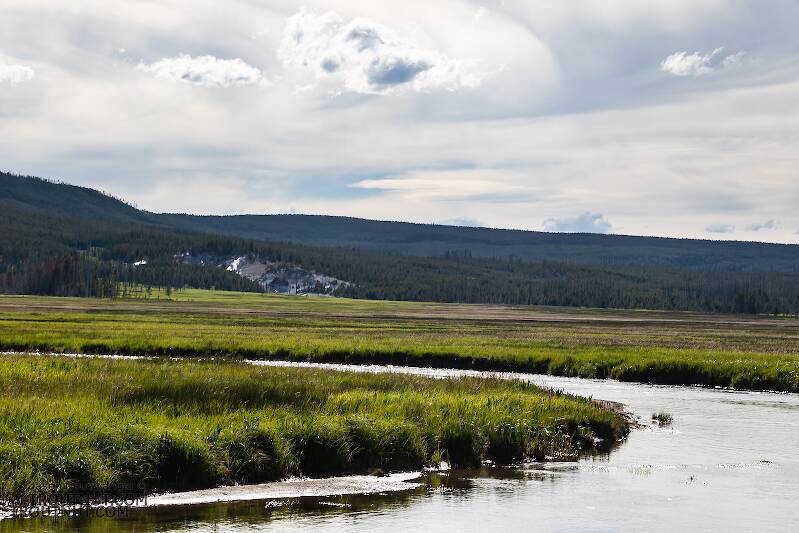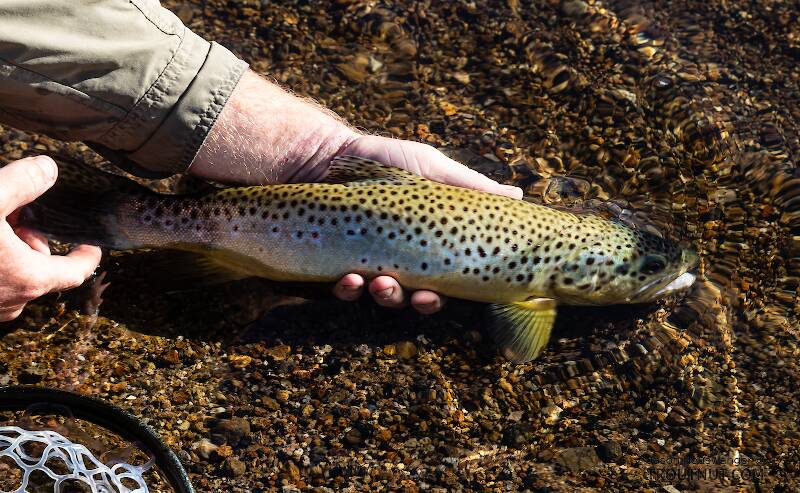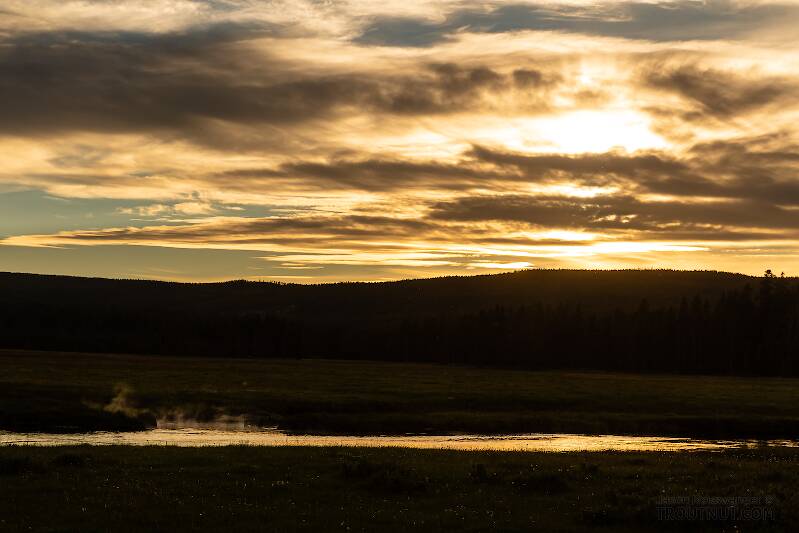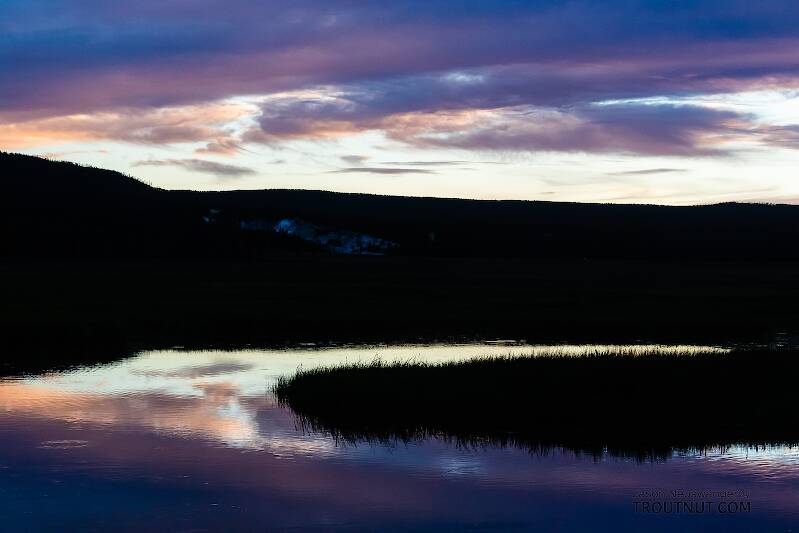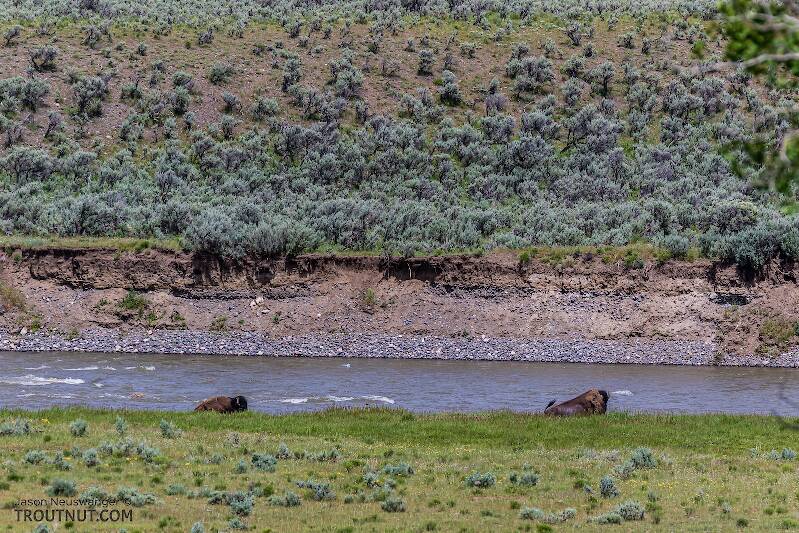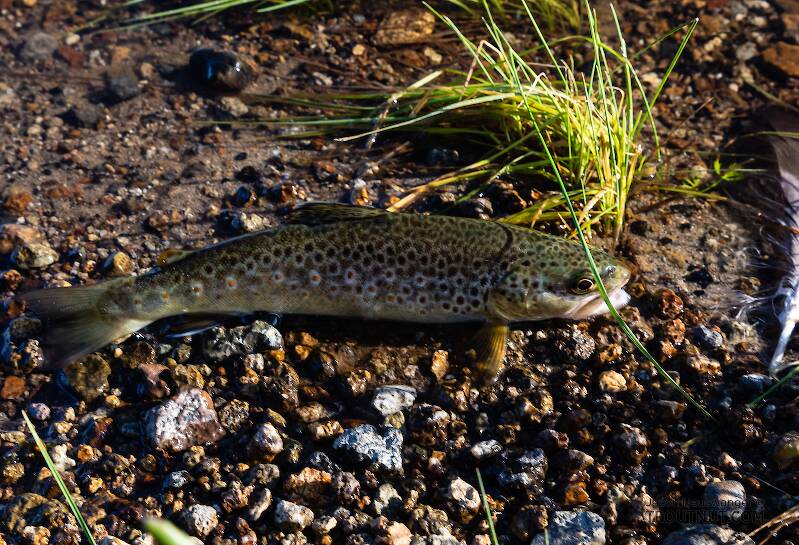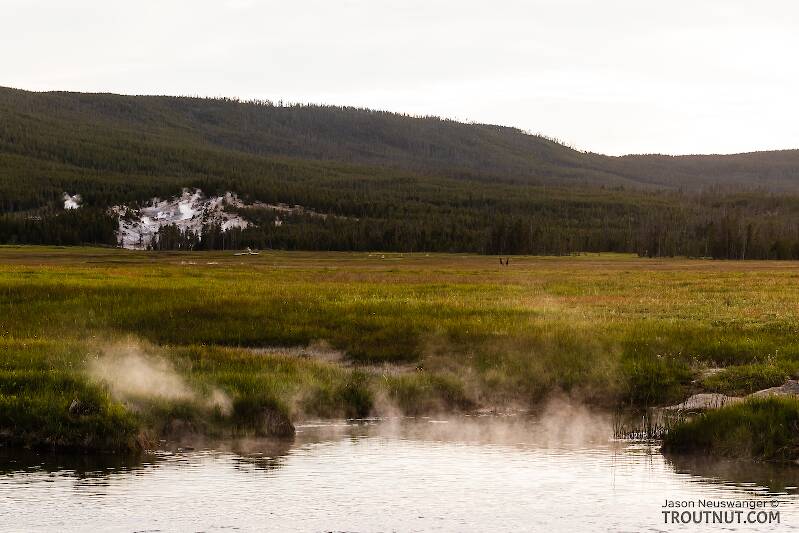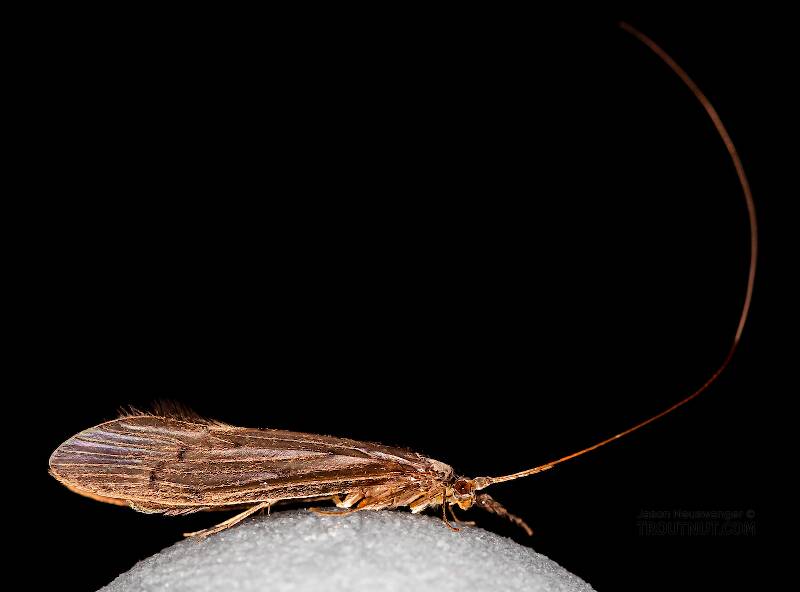
Blue-winged Olives
Baetis
Tiny Baetis mayflies are perhaps the most commonly encountered and imitated by anglers on all American trout streams due to their great abundance, widespread distribution, and trout-friendly emergence habits.
Featured on the forum

This one seems to tentatively key to Holocentropus, although I can't make out the anal spines in Couplet 7 of the Key to Genera of Polycentropodidae Larvae nor the dark bands in Couplet 4 of the Key to Genera of Polycentropodidae Larvae, making me wonder if I went wrong somewhere in keying it out. I don't see where that could have happened, though. It might also be that it's a very immature larva and doesn't possess all the identifying characteristics in the key yet. If Holocentropus is correct, then Holocentropus flavus and Holocentropus interruptus are the two likely possibilities based on range, but I was not able to find a description of their larvae.

Troutnut is a project started in 2003 by salmonid ecologist Jason "Troutnut" Neuswanger to help anglers and
fly tyers unabashedly embrace the entomological side of the sport. Learn more about Troutnut or
support the project for an enhanced experience here.
By Troutnut on June 28th, 2019
On June 29th, we hiked ten miles out from our Slough Creek backcountry campsite in the morning and enjoyed a good burger in downtown Gardiner. After picking up the camper trailer from its hiding spot in the hills above, we headed to camp for the next night in the town of West Yellowstone, near the headwaters of the Madison just outside the park.
Along the way we stopped at the Gibbon to fish a reach where I got skunked in the most frustrating manner last year. In that episode, the fish were rising and I had the right flies to draw eager strikes. On the first strike, my hook caught the bony part of a big fish's mouth and bent out without me realizing it. Several subsequent strikes failed because I was unknowingly fishing with a badly bent hook.
This time, I went back to the same area determined to exact revenge on the fish that made a fool of me last year. The big fish weren't rising at first, but I ran a soft-hackle through a really promising pool and caught a fairly large brown in the first few minutes. I missed another. After that, my friend and I both caught several smaller browns and cutts, especially toward dusk when caddisflies were active and the small fish were vigorously chasing them around. Some larger fish rose occasionally, but they were either feeding too sporadically or spooked by inadequate presentations in difficult spots. I don't mind being beaten by a fish that way, when I didn't do anything especially dumb and the fish was just too wily. I had already made up for last year.
Along the way we stopped at the Gibbon to fish a reach where I got skunked in the most frustrating manner last year. In that episode, the fish were rising and I had the right flies to draw eager strikes. On the first strike, my hook caught the bony part of a big fish's mouth and bent out without me realizing it. Several subsequent strikes failed because I was unknowingly fishing with a badly bent hook.
This time, I went back to the same area determined to exact revenge on the fish that made a fool of me last year. The big fish weren't rising at first, but I ran a soft-hackle through a really promising pool and caught a fairly large brown in the first few minutes. I missed another. After that, my friend and I both caught several smaller browns and cutts, especially toward dusk when caddisflies were active and the small fish were vigorously chasing them around. Some larger fish rose occasionally, but they were either feeding too sporadically or spooked by inadequate presentations in difficult spots. I don't mind being beaten by a fish that way, when I didn't do anything especially dumb and the fish was just too wily. I had already made up for last year.
Photos by Troutnut from the Gibbon River and the Lamar River in Wyoming
